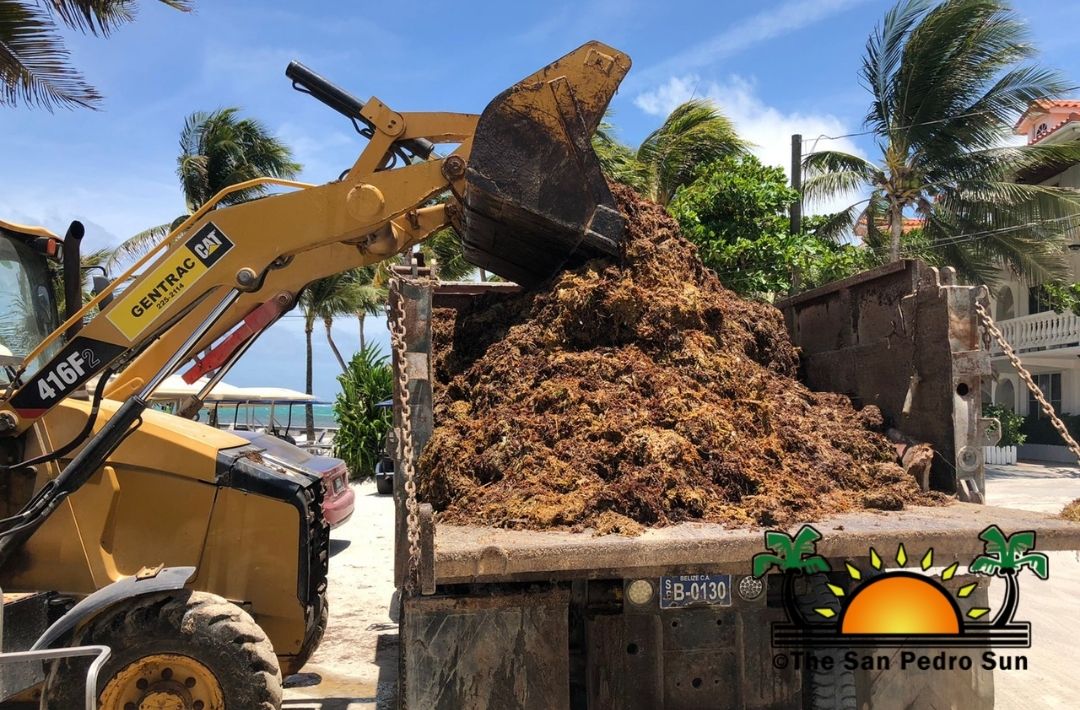The sargassum season is approaching, and the threat to Belize’s beaches is looming with Easter nearing. However, the San Pedro Town Council (SPTC) has said they are preparing for this seaweed invasion that can cause sargassum mats to litter our beaches. Reports suggest that monitoring efforts have noticed a sargassum patch in the Caribbean Sea drifting in an eastern motion. This mass will hit the beaches of several island nations, the Mexican coast of Quintana Roo, and eventually the Belizean coastline.
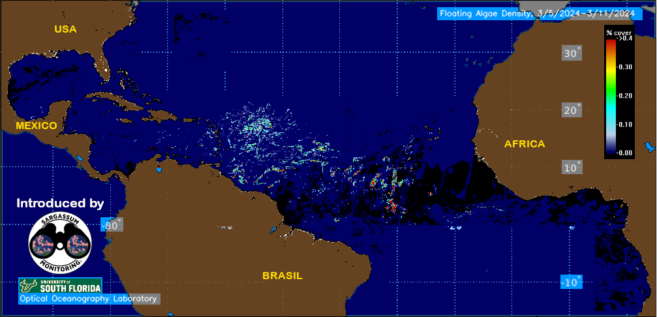
Over the past few years, sargassum beaching on Belizean beaches has put a dent in the tourism industry and even affected the fishing industry. While it is a natural phenomenon believed to be altered by human action, Belize has struggled to tackle it with limited resources. The crisis has been growing since 2014 and has become a yearly occurrence in the Caribbean region. Every year, during the spring and summer months, it floods the coasts, killing local marine species along the coastline and affecting thousands of livelihoods.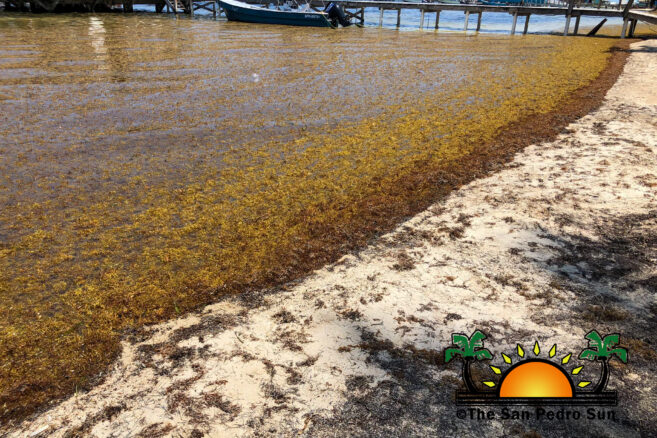
As sargassum decomposes, it releases toxic gases, such as hydrogen sulfide and ammonia, both pollutants to the air and water. These gases are also known to cause respiratory problems. Beachgoers who come in contact with the algae may develop skin reactions like rashes and blisters if touched without protection, like gloves. This seasonal seaweed invasion contributes to significant economic consequences for the tourism industry in the Caribbean region.
Sargassum results from several factors. The central Sargasso Sea, located in a warm zone year-round north of the Atlantic Ocean, is regularly fed by nutrients (and agricultural run-off) from South America’s Amazon and Orinoco rivers and the African Congo. This provides an environment conducive to its continuous development. The Sahara dust and other elements also promote its growth.
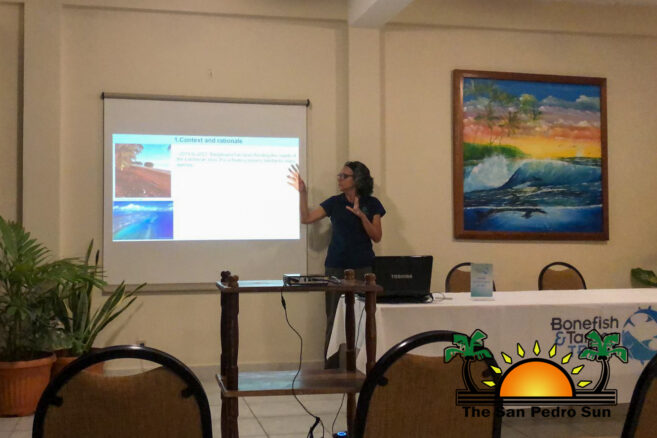
A report on the effects of sargassum and management proposals in Quintana Roo, Mexico, and Belize was presented to stakeholders in San Pedro Town on October 28, 2023, at the Sun Breeze Hotel. Dr. Minerva Arce-Ibarra, a scientist with the non-profit Ecosur, presided over the informational session. The main topic discussed was the heavy influx of brown seaweed that has been choking the Caribbean region, Belize, and Mexico over the past years. Its ecological impact on the marine environment has resulted in consequences for coastal communities in their social, economic, health, and cultural aspects.
This report, part of a study still in progress and consists of feedback from those affected by the natural phenomenon, highlighted certain areas in Belize and Mexico surveyed. The areas surveyed, including Xcalak, Mahahual, and Punta Herrero, have the least impact on the Mexican side. In contrast, the coastal and tourism communities of Playa del Carmen showed the highest effect, with a medium impact observed in Puerto Morelos and Cozumel. Meanwhile, in Belize, the areas surveyed showing the highest impact were San Pedro, Ambergris Caye (east coast), Caye Caulker, and Tobacco Caye.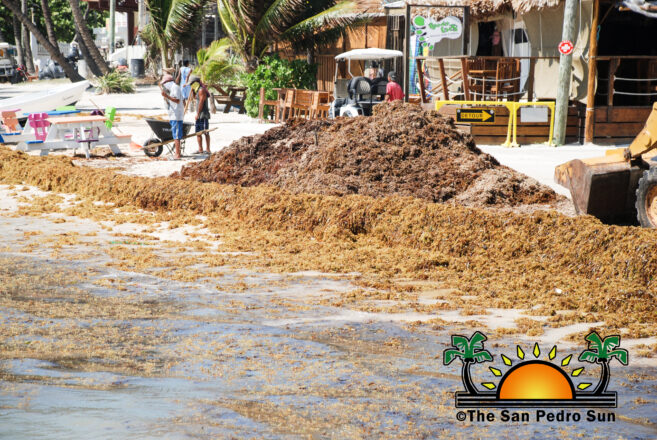
Some stakeholders affected in both countries during the sargassum crisis shared their experiences with the massive influx of seaweed. Small-scale fishermen said the seaweed invasion caused a decline in fish for subsistence purposes. Out in the open sea, this seaweed provides nursing grounds for juvenile marine life. Still, over the years, it has threatened coastal communities, causing a dent in the fishing and tourism industries and even affecting people’s health.
On Ambergris Caye, where tourism is the primary industry, SPTC has been discussing ways to control the influx of sargassum. They have said they will closely monitor the sargassum as it develops and before it reaches our island’s coastline. They also identify places to dump the sargassum when it becomes overwhelming. SPTC is also working on a solid plan for our island community that will be shared throughout the coming days.
The local government has called on the island residents to say that the environmental issue can affect everyone. They will collectively try to overcome the threats of Sargassum season this year.

